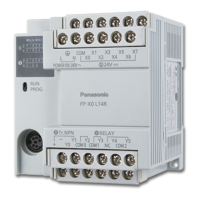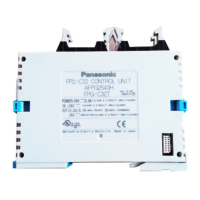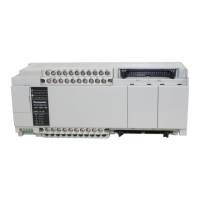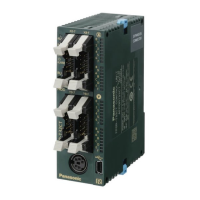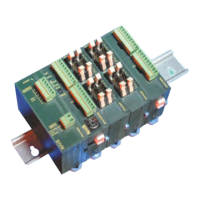Process control instructions
945
Part III FP Instructions
F356_PID_PWM
PID processing with optional PWM output
Abbreviations used when describing PID processing
Abbreviation What it stands for Also know as
PV Process value Actual value, measured value
SP Set point value Target value, set value
MV Manipulated value Output value, manipulated
variable
Ts Sampling time Cycle time
Ti Integral time -
Td Derivative time -
Kp Proportional gain -
AT Auto-tuning -
General programming information
1. When the input at Run is executed, the data in the argument
ParametersNonHold is initialized.
If you want a value in the DUT to use non-default values, write the values into the DUT using a MOVE
instruction, for example, which must be triggered continuously by a TRUE condition.
2. F356_PID_PWM must be executed once and only once per scan. Therefore, do
not execute F356_PID_PWM in interrupt programs or loops.
3. Do not turn the execution condition to FALSE during PID processing. Otherwise,
PID processing will be disabled.
4. If you do not want parallel PWM output cycles, e.g. to enable control of multiple
objects, delay the start-up times accordingly, e.g. by employing a timer instruction.
Example:
Description
PID processing is performed to keep the process value PV as close as possible to the set point
value SP. In contrast to F355_PID_DUT (see page 941), this instruction enables a PWM output
(on-off output). Auto-tunin
g is also available to automatically calculate the PID control data Kp, Ti,
and Td.
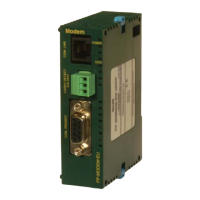
